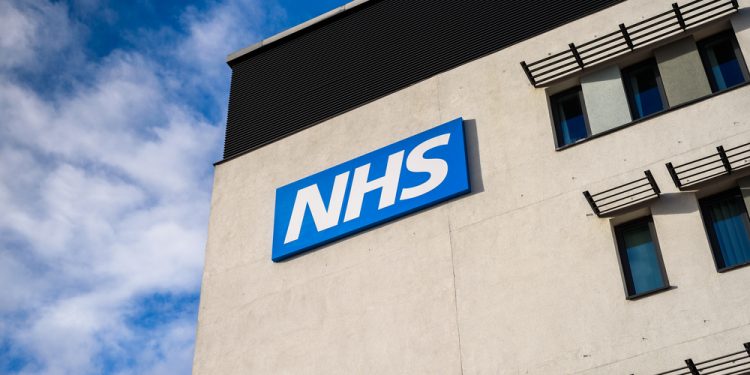The number of people awaiting treatment on hospital waiting lists in England has reached just under six million, according to NHS data.
The figures for the end of November before the full impact of the Omicron Covid-19 variant hit reveal 5,995,156 people were on waiting lists and of this number 306,996 patients had been waiting for treatment for more than a year.
Of patients awaiting the start of treatment at the end of November 2021, 34.5% were waiting more than 18 weeks. For patients waiting to start treatment at the end of November, the median wait time was eleven and a half weeks.
Trauma and orthopaedic care was the most affected service as more than 700,000 people were waiting for treatment, with 40% of these having waited longer than 18 weeks.
Ophthalmology was the next most impacted service with almost 600,000 people on the list, 35% of whom had been waiting more than 18 weeks.
The data also showed just over 73% of those who arrived at an emergency department were seen in four hours.
Several bodies have warned the backlog in NHS treatment could rise further, with the National Audit Office highlighting that there was a real risk it could reach 12 million by 2025.
Increasingly commonplace
Commenting on the data, Siva Anandaciva, chief analyst at The King’s Fund, said that with the NHS now in the thick of one of the most uniquely challenging periods in its history, unacceptably long waits for hospital care are becoming “increasingly commonplace”.
“Today’s data show that performance against the waiting time target for A&Es stands at a record low of only 73% of patients seen within four hours, and no NHS organisations with major A&E departments achieving the national performance target,” he said.
“The waiting list for planned care stands at nearly six million and continues to grow. We must remember these are not just big numbers – they are people living with pain and anxiety while they wait for months and, in some cases, more than two years for treatment.”






